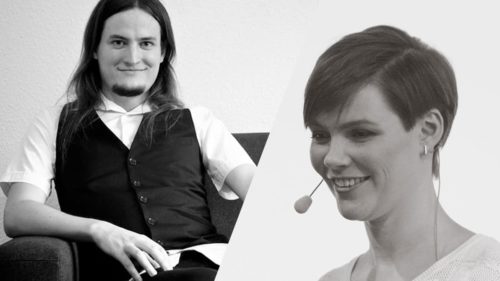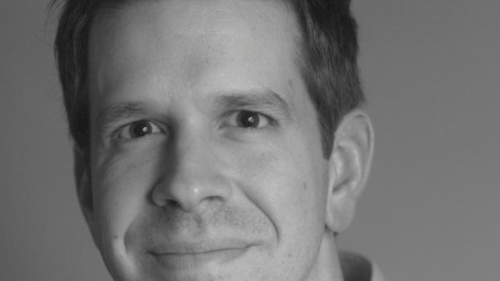Alan Silvestri is the founder and director of strategy at Growth Gorilla. Growth Gorilla is a no B.S. content promotion and distribution agency for B2B SaaS companies. They help Software companies that are already publishing quality content, get the word out to acquire backlinks, and increase traffic and signups. Alan is also a Back to the Future and 80s fanatic, Delorean owner, and punk rocker.
One of the most amazing things I learned during this interview is the astonishing precision and in-depth knowledge that modern SEO requires of us – and this is an understanding illustrated well by Alan’s example of how one single missing keyword variation on a client’s page boosted his rank past his highest competitor – without any other changes to the page. Unbelievable! It’s no wonder that more and more companies are turning to experts like Alan and Growth Gorilla to handle their SEO projects.
In this interview with Alan Silvestri, you will learn:
- What the Content Graveyard is and how to avoid it
- What a Link Gap is and why it’s important for you to identify and resolve these
- The 3 main reasons why 90% of content on the web doesn’t get search traffic
- How Google shows you what it wants to see on the highest rated pages
- The 5 things you need to prepare BEFORE you start search engine optimization
- 3 problems that cripple most SaaS companies when it comes to search ranking
- What you can do IMMEDIATELY to improve your domain rating
- A little-known secret to page ranking … this one might surprise you!
- And so much more!
You can connect with Allen at:




